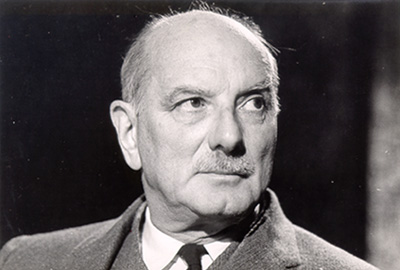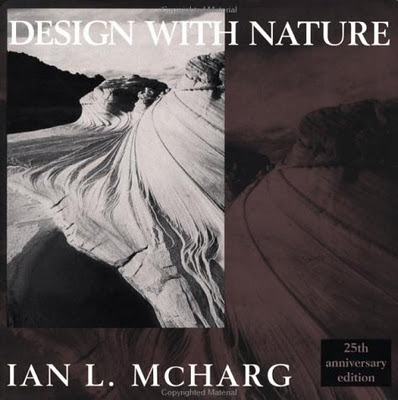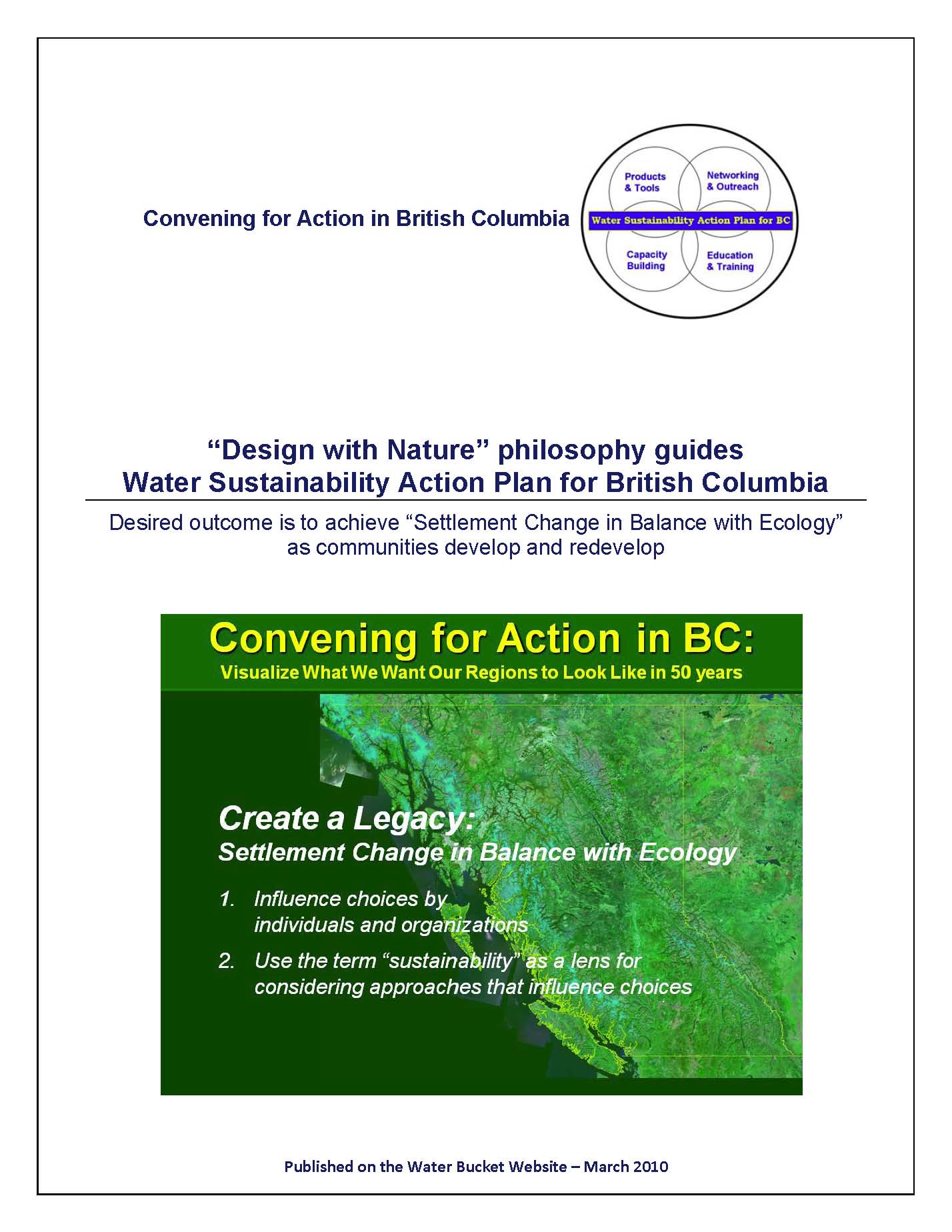Green, Heal and Restore the Earth: Ian McHarg’s “Design with Nature” vision has influenced implementation of British Columbia’s Water Sustainability Action Plan
Desired outcome is to achieve “Settlement in Balance with Ecology” as communities re-develop
Renowned landscape architect, writer and educator Ian L. McHarg (1920-2001) was best known for introducing environmental concerns in landscape architecture. He was also instrumental in founding the original “Earth Week” in 1970. His 1969 book Design With Nature pioneered the concept of environmental planning.
 Design with Nature is widely considered one of the most important and influential works of its kind. His premise is simple: “that the shaping of land for human use ought to be based on an understanding of natural process.” The ecological planning method developed by him to apply this theory was seized upon and used throughout the world.
Design with Nature is widely considered one of the most important and influential works of its kind. His premise is simple: “that the shaping of land for human use ought to be based on an understanding of natural process.” The ecological planning method developed by him to apply this theory was seized upon and used throughout the world.
McHarg insisted we look at the many aspects of the entire system we are designing when building streets, structures, and cities; and instead of fighting against natural forces, design in harmony with them. He showed how to do this, with modern tools, analytic overlays, GIS mapping, and a fact-based approach.
His philosophy was rooted in an ecological sensibility that accepted the interwoven worlds of the human and the natural, and sought to more fully and intelligently design human environments in concert with the conditions of setting, climate and environment.
“For me, the great dream would be, if by the remaining years of this century…the nation and the world concluded there should be a global and national ecological inventory…all of us address ourself to greening, healing and restoring the earth,” stated Ian McHarg in his acceptance speech when he received the President’s Award at the 1997 Esri User Conference.
Designing with Nature in BC
“To understand where we are heading in BC, we need to understand where we have come from. Historical context is important,” states Kim Stephens, Executive Director with the Partnership for Water Sustainability in British Columbia. The ‘design with nature’ philosophy has become an integral and essential part of the green infrastructure, sustainable rainwater management and water sustainability branding in British Columbia.
 “Since 2004, the Partnership has championed the way-of-thinking and acting embodied in the phrase ‘design with nature’. We borrowed this phrase from the title of the seminal book by Ian McHarg. In 2010, we posted a story on the waterbucket.ca website that identifies a number of British Columbians who have made timely and significant contributions in advancing a vision for developing land differently. The ‘design with nature’ story is told in their words.”
“Since 2004, the Partnership has championed the way-of-thinking and acting embodied in the phrase ‘design with nature’. We borrowed this phrase from the title of the seminal book by Ian McHarg. In 2010, we posted a story on the waterbucket.ca website that identifies a number of British Columbians who have made timely and significant contributions in advancing a vision for developing land differently. The ‘design with nature’ story is told in their words.”
“In the Preface to the 1992 edition, Ian McHarg reflected on the historical context leading up to publication of Design with Nature, and also the two decades following publication. He concluded with the following statement:
So, I commend Design with Nature to your sympathetic consideration. The title contains a gradient of meaning. It can be interpreted as simply descriptive of a planning method, deferential to places and peoples, it can invoke the Grand Design, it can emphasize the conjunction with and, finally it can be read as an imperative.DESIGN WITH NATURE!
Ian L McHarg, September 1991
“We find that people intuitively understand what designing with nature means. It is non-threatening. Minds open. The concept provides a starting point for having conversations about living water smart, building greener communities and adapting to a changing climate. Perhaps this is what Ian McHarg had in mind when he wrote about the ‘gradient of meaning’. Suffice to say, the phrase Design with Natureworks, it really does,” concludes Kim Stephens.
To Learn More, Click On:
“Design with Nature” philosophy guides Water Sustainability Action Plan for British Columbia
“One cannot predict the fate of such a book as this,” wrote Lewis Mumford in 1969
Particularly noted for his study of cities and urban architecture, Lewis Mumford (1895-1990) had a broad career as a writer. He was an American historian, sociologist, philosopher of technology, and literary critic. In the Introduction to Design with Nature, he wrote that:
“Design with Nature is a notable addition to the handful of important texts that begin, at least in Western tradition, with Hippocrate’s famous medical work on Airs, Waters and Places: the first public recognition that man’s life, in sickness and in health, is bound up with the forces of nature, and that nature, so far from being opposed and conquered, must  rather be treated as an ally and friend, whose ways must be understood, and whose counsel must be respected.”
rather be treated as an ally and friend, whose ways must be understood, and whose counsel must be respected.”
“This is not a book to be hastily read and dropped; it is rather a book to live with, to absorb slowly, and to return to as one’s own experience and knowledge increases.”
“In presenting us with a vision of organic exuberance and human delight, which ecology and ecological design promise to open up for us, McHarg revives the hope for a better world. Without the permission and courage and confident skill of people like McHarg that hope might fade and disappear forever.”



